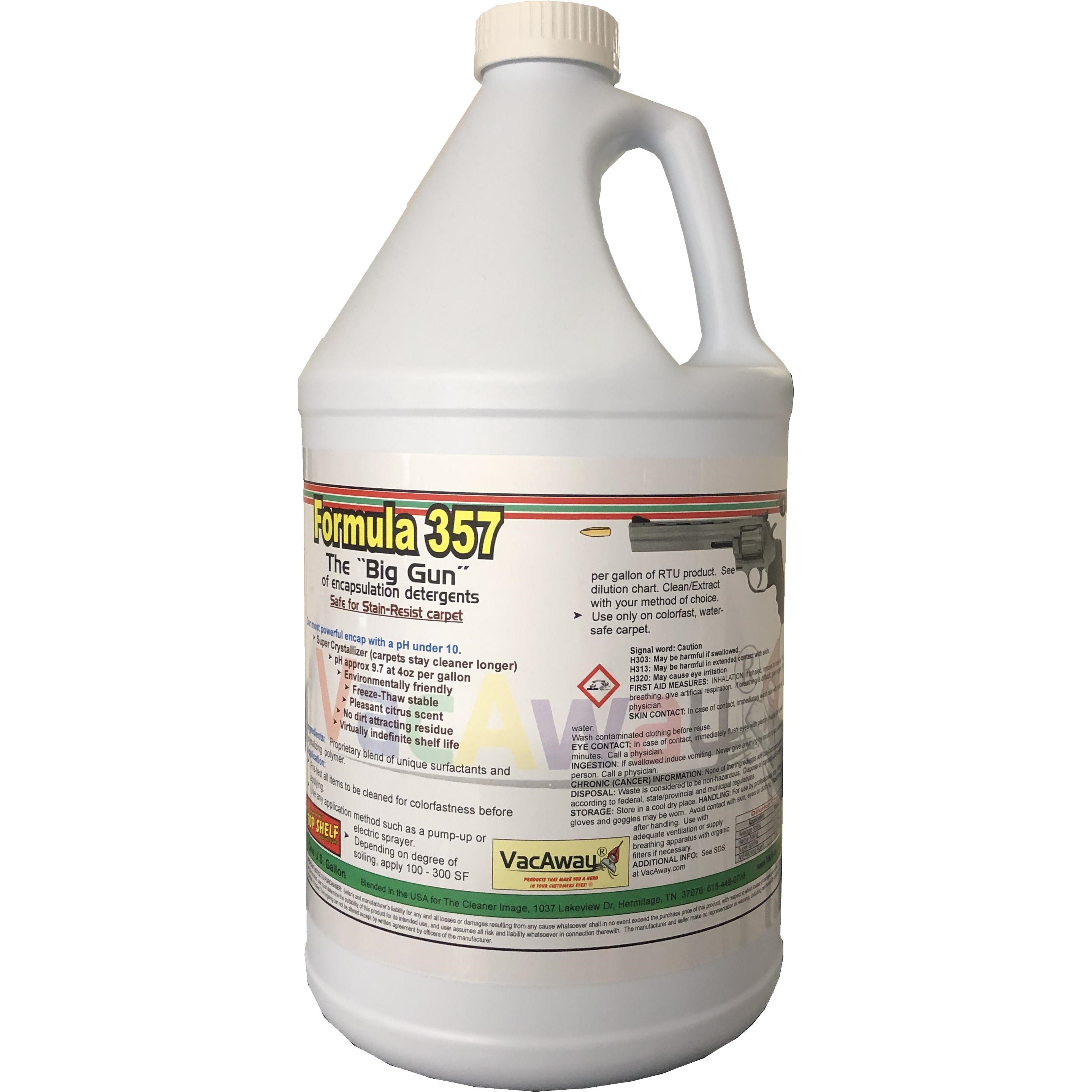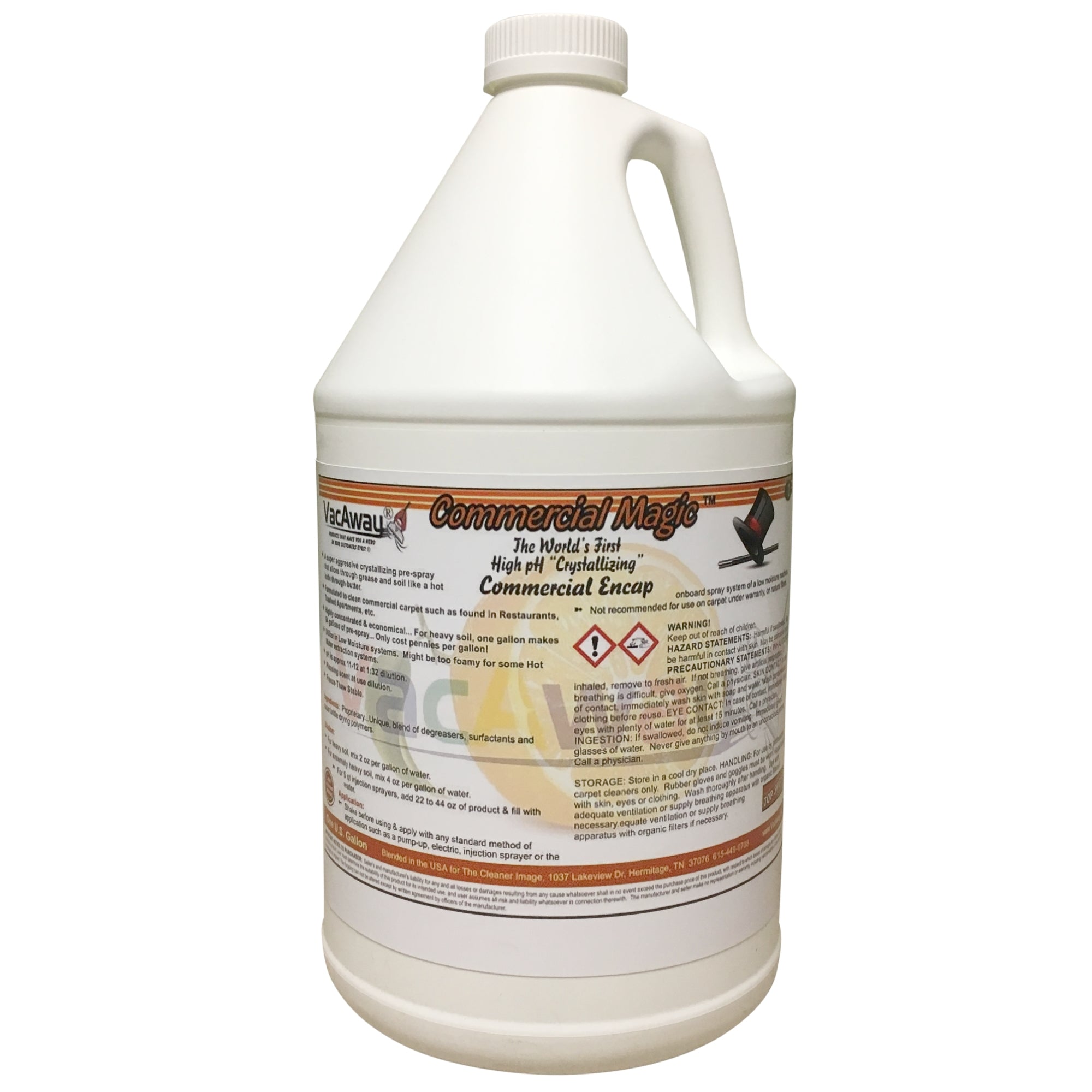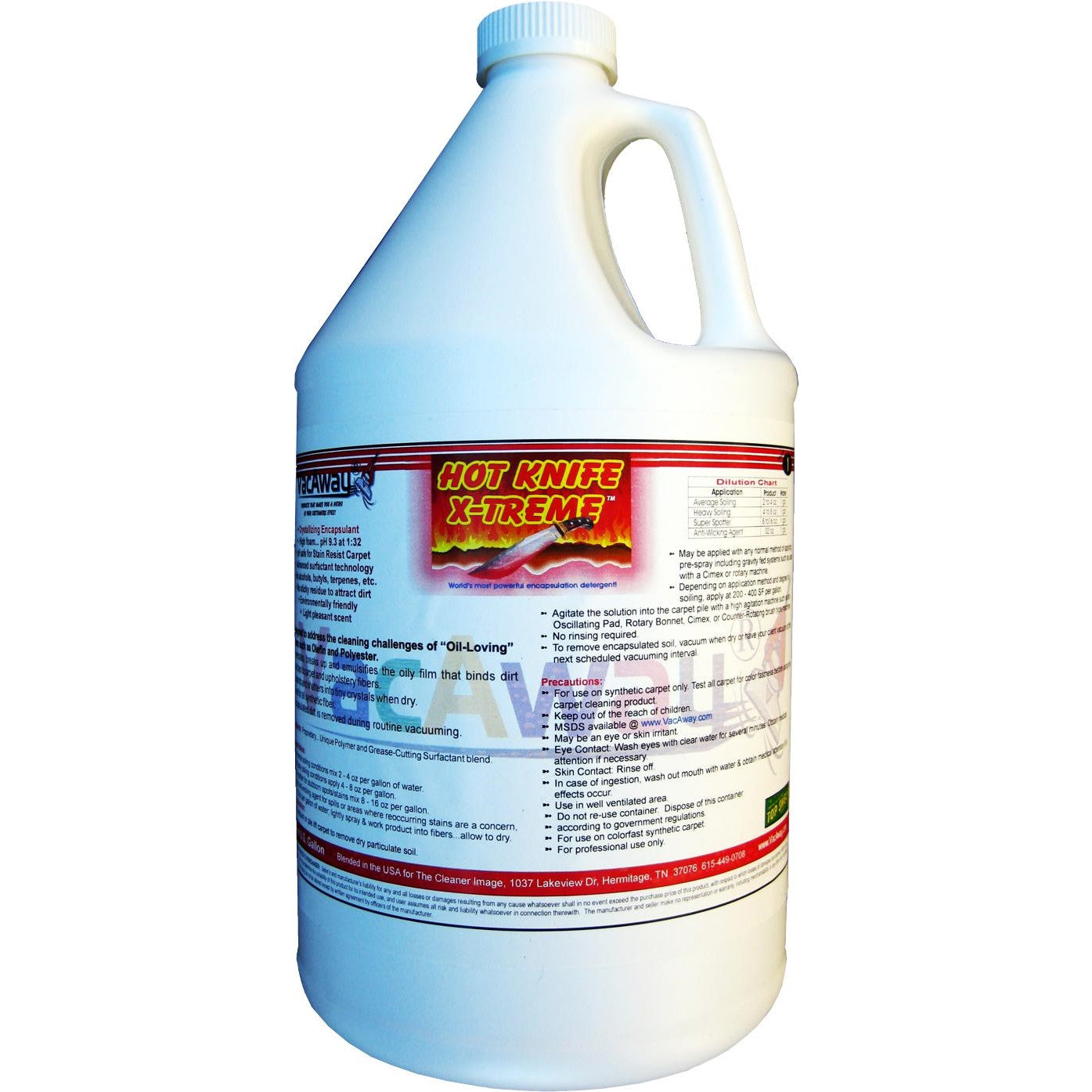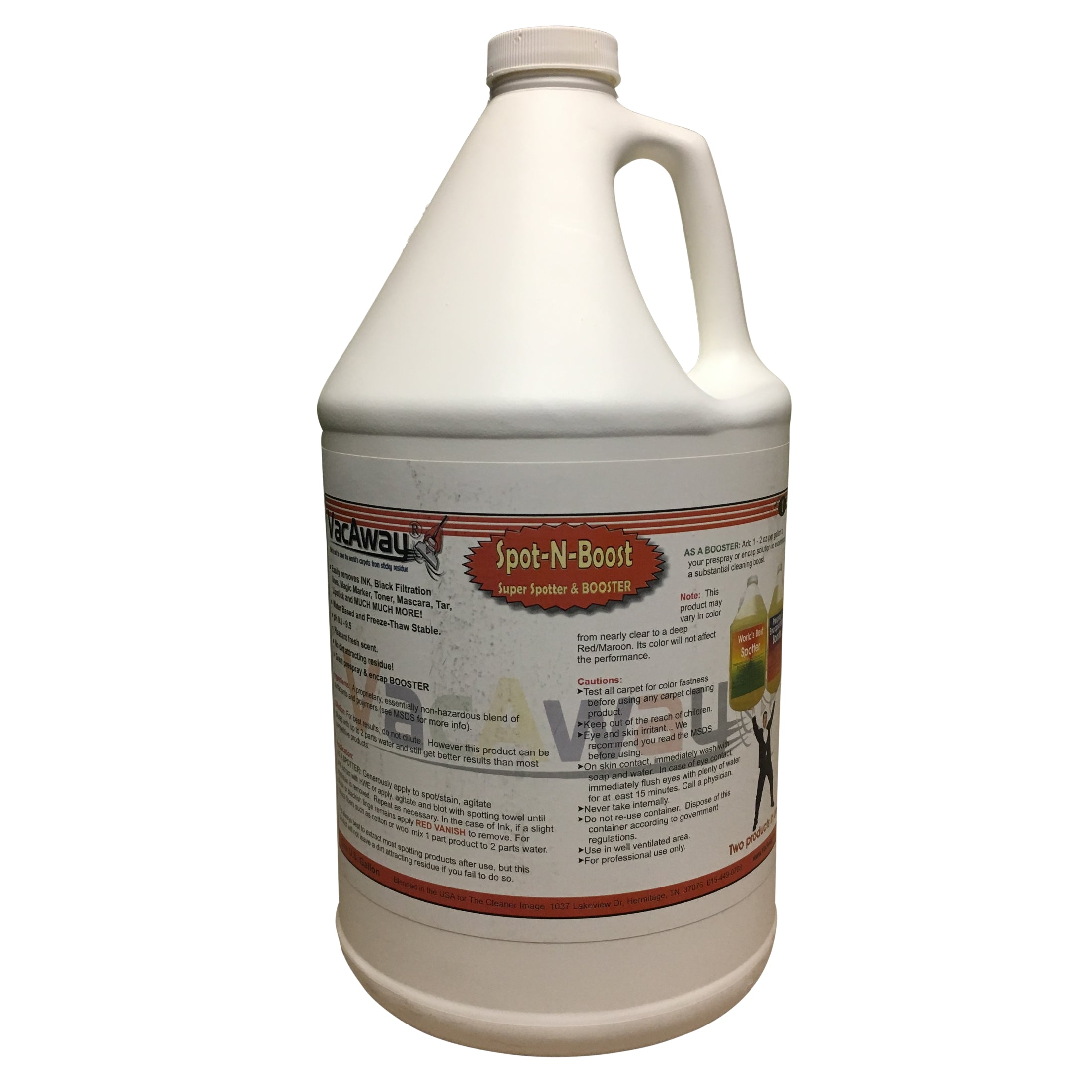Your cart is empty
Looks like you haven't added anything to your cart yet
Encapsulation 101

THE MAJORITY OF DIRT AND GRIME isn’t really encased in a capsule or crystal. Instead, well-formulated encap detergents render sticky residue completely NON-STICKY!
Commonly referred to as "encap" or "encapping," Encapsulation Carpet Cleaning is a state-of-the-art technique. Despite its origins in the late 90s or early 2000s, this system is often mistaken for the "Shampoo" method due to the similar equipment used. However, there is a fundamental difference in its innovative chemistry.
The encapsulation system uses a unique cleaning solution, including an acrylic polymer that crystallizes upon application. This ground-breaking technique is revolutionizing carpet cleaning, as it combines this polymer with other cleaning agents like surfactants to break down the adhesion of dirt, grease, and grime to carpet fibers.
The application involves using an agitation machine, such as Cimex, Rotary Brush, Rotary Bonnet, or Oscillating Pad (OP), among others. This machine facilitates the chemical bond's breakdown between dirt and fiber and aids the combination of the encap solution and soiling. The solution, upon drying, crystallizes and makes the residue entirely non-adhesive, which can then be vacuumed away. The result is spectacularly clean carpets.
Although encapsulation is usually explained as the process of encapsulating or surrounding the dirt, our research at VacAway has revealed that this is only a minor part of the complete process. A significant aspect of this technique is dealing with the 21% of carpet soil which causes carpets to require professional cleaning, despite the 79% being removable via standard vacuuming.
Without the sticky residue, carpets would rarely require professional cleaning. It's the sticky substances in the carpet, such as tracked in dirt and oils, soda spills, and remnants of non-encapsulating cleaners, that most often necessitate professional intervention.
Unfortunately, many professional cleaning products are sticky and leave a residue that attracts more dirt and soil. The common complaint that carpets re-soil quickly after being professionally cleaned is typically due to this residual stickiness.
Well formulated encapsulation detergents are ingeniously made to negate this stickiness while preventing their residual build-up. They crystallize and can be vacuumed away easily, leaving carpets cleaner for longer.
In conclusion, the core of encapsulation cleaning is not the encapsulation of dirt or grime, but the transformation of sticky residues into non-sticky states by using well-formulated encap detergents.
You can conduct a simple at-home demonstration to understand the process:
- Place a tiny drop of dish detergent (sticky residue) on a shallow dish or saucer. Artificial maple syrup can also be used.
- Mix it with three drops of a pure encap, such as our Encap GREEN, Hot Knife X-treme or Commercial Magic.
- Allow it to dry thoroughly—for a minimum of 24 hours.
- Cover the dried mixture with black pepper and then pour it off immediately. Additionally, blow off any remaining pepper.
- If the mixture still attracts the pepper, it indicates a sticky residue. However, you will likely observe that the sticky residue has been transformed and no longer attracts dirt.
Encapsulation Carpet Cleaning
When addressing carpet cleaning, the predominant perception among cleaning professionals and building managers is that extractors are the sole means of cleaning carpets. While extractors can be highly efficient for this purpose, encapsulation is an alternative method that effectively complements and even replaces carpet extraction. The encapsulation method is considered a Very Low Moisture cleaning (VLM) method, and is employed to clean carpets with minimal moisture.
Both extraction and encapsulation techniques can yield favorable results and offer numerous advantages. Nevertheless, it is essential for carpet cleaning technicians and professionals to be aware of the distinctive benefits associated with encapsulation methods.
10 Encapsulation Benefits
- The encapsulation method effectively maintains the carpet’s optimal appearance.
- Carpets cleaned with the encapsulation method typically dry within an hour or less, allowing facilities to resume regular operations more quickly.
- The equipment required for encapsulation is generally more affordable compared to extraction equipment. In fact, many cleaning professionals already possess low-speed machines that can be used for encapsulation.
- The encapsulation method proves to be highly profitable when charging based on square footage, as it enables cleaning a larger area in a shorter time. This is known as achieving a “high production rate” in the professional carpet cleaning industry.
- Extractors can overwet the carpet with a risk of loosening glued carpet tiles or carpet edges. Encapsulation minimizes this risk.
- Extraction typically consumes approximately 20 gallons of water per 1,000 square feet, while encapsulation requires only about four gallons or less.
- Encapsulation significantly reduces the likelihood of wicking, which occurs when soil rises to the surface of the carpet through capillary action.
- Learning the encapsulation method requires minimal effort compared to operating a carpet extractor.
- Soil collected through encapsulation systems can be easily removed using a vacuum cleaner, whereas extraction methods discharge gallons of soiled water into sewers.
- The encapsulation method extends the intervals between carpet extraction sessions, resulting in cost savings, less disruption to building occupants, and improved environmental friendliness.
FAQ
What is the difference between a "Film Former" and a "Crystallizer?"
Crystallizers are better at removing sticky residue left from previously applied, cleaning products. They also effectively render sugary/sticky substances, that have accumulated in the carpet, (i.e. soda spills) non-sticky. Once they are rendered non-sticky they can be easily vacuum away.
Why is a crystallizer better than a film former at removing sticky residue?
Because a good crystallizing formula will contain “MORE EXCESS POLYMER” than that of a film former.
By “MORE EXCESS POLYMER” we mean the amount of polymer in the formula beyond the amount needed to render its other ingredients non-sticky.
Many ingredients used to create a good cleaning formula are inherently sticky themselves. If not completely removed, or somehow rendered non-sticky, they can be the cause of rapid re-soiling of carpeting and upholstery.
The EXCESS polymer is left to mix with sticky substances in the carpet and render them non-sticky. They will then no longer be able attract dirt and will be vacuumed away during routine vacuuming.
Keep in mind that most Film Formers also contain a certain amount of excess polymer to fight stickiness, but not nearly as much as Crystallizers.
NOTE: Crystallizers, in general, are usually more expensive than Film Formers due to their higher cost to produce.
Some encap distributors only sell Film Formers to keep their cost low and therefore be able to have more competitive pricing. As the old adage says, “You Usually Get What You Pay For.” At VacAway, we make both types available. Some formulas can only be produced as Film Formers due to the other types of ingredients used in the formula.
What are the benefits of encapsulation carpet cleaning?
•Rapid Dry times. (Very low moisture is used)
•Less disruption for your clients. (No hoses, loud equipment or slow drying times)
•Much less expensive equipment needed. (More profit for you)
•Carpets stay cleaner longer. (No sticky residue with anti-wicking acrylic polymer)
•Much less labor intensive. (More profit for you)
•Much less wicking issues. (Low moisture and anti-wicking acrylic polymer)
•Less environmental impact (No dirty water to discharge into sewers/drains)
What are your best cleaners for the "nasties" such as Restaurants, Apartments, etc.?
1. Commercial Magic (Best for low moisture use on carpets not under warranty. Has a high pH. It might be a bit too foamy for Hot Water Extraction.) It is a great Crystallizer.
2. Grease Hawg (Best for Hot Water Extraction. Has a high pH, but has less foam than Commercial Magic.) Also great for Low Moisture use. It is a Film Former.
3. Hot Knife X-Treme (Best for use for carpets under warranty. Has pH less than 10.) It is a great Crystallizer.
Top Selling Cleaning Products
- Choosing a selection results in a full page refresh.














